Too many slots. Too many buttons. Spanish bank BBVA and design consultancy IDEO rethink the ATM:
ATMs were first introduced over 40 years ago and since then many features have been incrementally added to the machines, in order to fulfill the dream of a truly “automated teller”. Modern ATMs offer a wide range of banking transactions; nevertheless the actual interaction has remained largely untouched.
Fewer slots. Fewer buttons. More privacy and personalization.
[via]



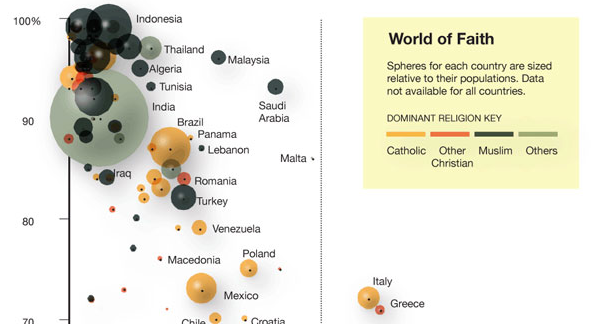
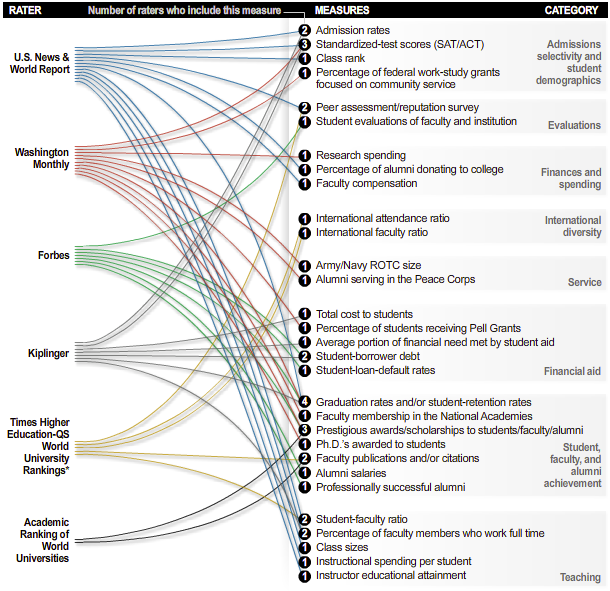

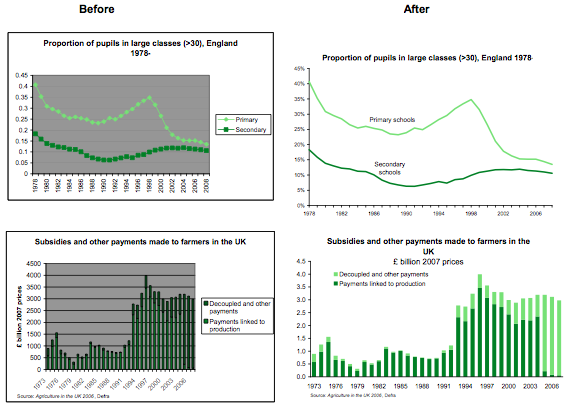

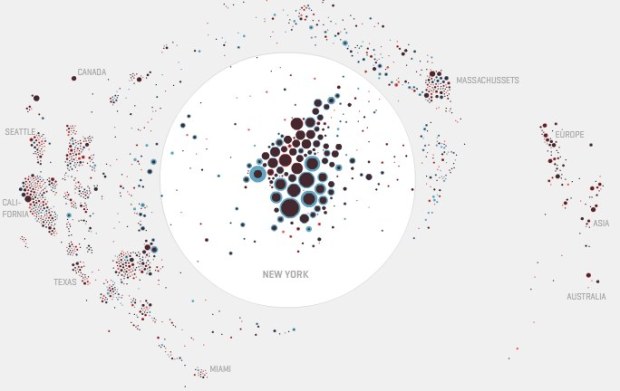
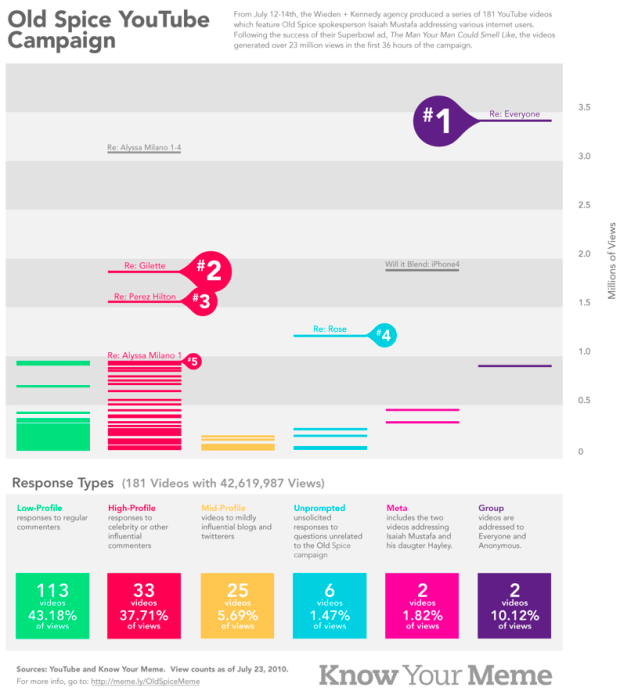
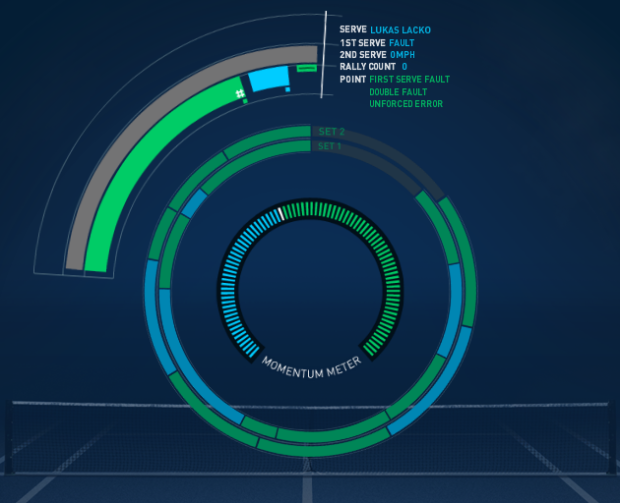

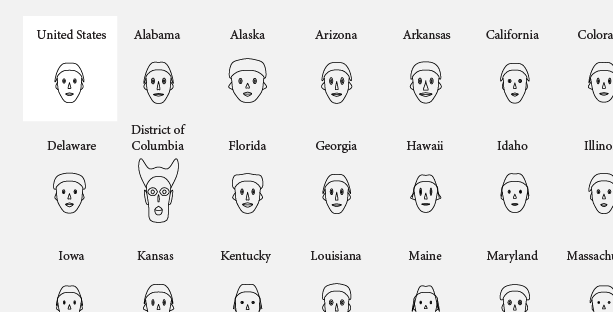




 Visualize This: The FlowingData Guide to Design, Visualization, and Statistics (2nd Edition)
Visualize This: The FlowingData Guide to Design, Visualization, and Statistics (2nd Edition)










